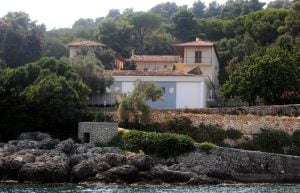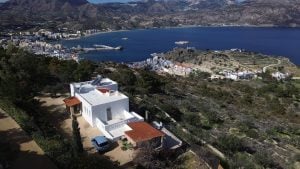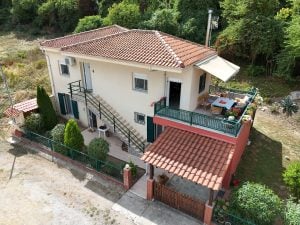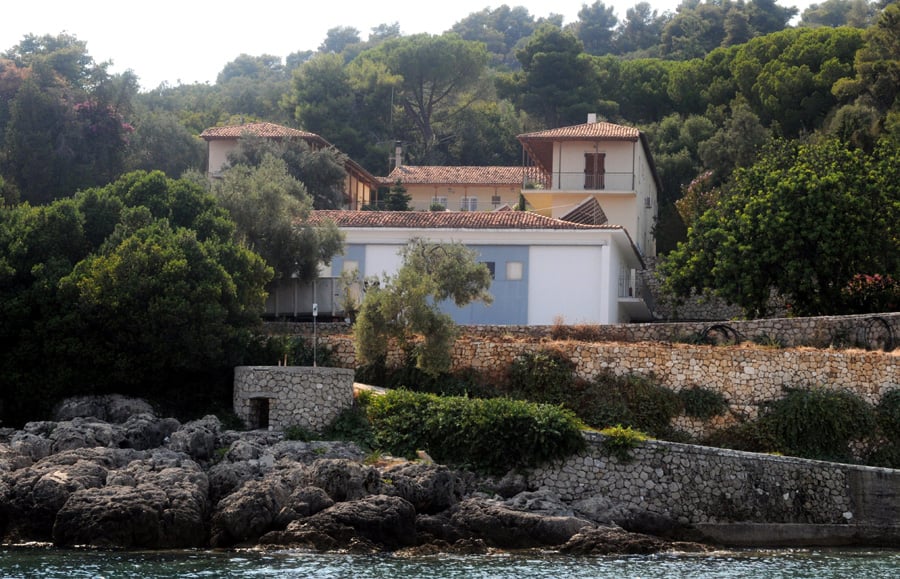Greece’s ancient geography has shaped millennia of history, with two legendary cities standing as pillars of classical civilisation. When exploring Greek real estate opportunities or planning property investments, understanding the geographical distinctions between Athens and Sparta becomes particularly relevant. This fundamental question about their locations on the Peloponnese peninsula reveals crucial insights for modern property buyers and investors seeking to navigate Greece’s diverse regional markets.
Athens vs Sparta: Which city is on the Peloponnese?
The answer is straightforward: Sparta is located on the Peloponnese, whilst Athens sits on mainland Greece. This geographical distinction has profound implications for both historical understanding and contemporary property investment strategies.
Sparta, the ancient military powerhouse, was strategically positioned in the southern Laconia region of the Peloponnese peninsula. The city’s location provided natural defensive advantages, surrounded by mountains and positioned inland from the coast. Modern Sparta continues to occupy this same general area, serving as the capital of the Laconia regional unit.
Athens, conversely, developed on the Attica peninsula of mainland Greece, approximately 150 kilometres northeast of ancient Sparta. The Athenian location offered different advantages, including proximity to the sea through the port of Piraeus and access to the broader Greek mainland’s trade routes.
This geographical separation influenced the distinct cultures that emerged in each city-state. The Peloponnese’s mountainous terrain and relative isolation fostered Sparta’s inward-looking, militaristic society, whilst Athens’ mainland position encouraged maritime trade and cultural exchange.
Understanding the Peloponnese peninsula’s geography
The Peloponnese forms Greece’s southernmost peninsula, connected to the mainland by the narrow Isthmus of Corinth. Since 1893, the Corinth Canal has effectively made the Peloponnese an island, though it remains accessible by road and rail bridges.
This distinctive peninsula encompasses approximately 21,500 square kilometres and houses several major cities beyond Sparta. Patras serves as the largest city, functioning as a crucial port connecting Greece to Italy and the broader Mediterranean. Kalamata, famous for its olives and airport serving international tourists, anchors the southwestern coast.
The peninsula’s diverse geography includes:
- Mountainous central regions with peaks exceeding 2,400 metres
- Fertile coastal plains ideal for agriculture
- Extensive coastlines along both the Ionian and Aegean seas
- Historic sites including Olympia, Epidaurus, and Mycenae
The Peloponnese’s separation from mainland Greece creates distinct regional characteristics that influence everything from climate patterns to property values. The peninsula experiences a Mediterranean climate with hot, dry summers and mild winters, particularly along the coastal areas.
Athens location and Attica region explained
Athens occupies the heart of the Attica region on mainland Greece, positioned roughly 10 kilometres inland from the Saronic Gulf. The city’s location within the Attica basin provides natural boundaries formed by mountains on three sides and the sea to the southwest.
The greater Athens metropolitan area, known as the Athens-Piraeus urban complex, extends beyond the historical city centre to encompass numerous suburbs and the vital port of Piraeus. This sprawling urban region houses nearly half of Greece’s population and serves as the country’s economic and political centre.
Key geographical features distinguishing Athens from the Peloponnese include:
- Direct connection to European mainland via northern Greece
- Proximity to major islands including Aegina and Salamis
- Access to international airports and shipping routes
- Integration with broader European transport networks
The Attica region’s position on mainland Greece provides strategic advantages for international connectivity and economic development. Unlike the Peloponnese’s more isolated character, Athens benefits from its role as a gateway between Europe, Asia, and Africa.
Sparta’s strategic position in the Peloponnese
Ancient Sparta’s location in the Eurotas valley of Laconia was carefully chosen for defensive purposes. The city lay approximately 40 kilometres inland from the coast, protected by the Taygetus mountain range to the west and the Parnon mountains to the east.
Modern Sparta, rebuilt in the 19th century, occupies a site near the ancient city ruins. Today’s Sparta serves as the administrative centre of Laconia, supporting a population of approximately 35,000 residents. The modern city maintains its connection to the broader Peloponnese through road networks linking it to Kalamata, Patras, and other regional centres.
The surrounding Laconia region offers diverse landscapes from mountainous terrain to coastal areas along the Laconian Gulf. This geographical diversity creates varied property opportunities, from mountain villages to seaside developments near Gythio and other coastal towns.
Sparta’s position within the Peloponnese provides access to some of Greece’s most significant historical sites and natural attractions. The nearby Mani Peninsula, with its distinctive tower houses and rugged coastline, represents one of Greece’s most authentic and unspoiled regions.
Real estate opportunities across both regions
The geographical distinctions between Athens and the Peloponnese create markedly different property investment opportunities. Athens and the broader Attica region offer urban sophistication, international connectivity, and established rental markets, particularly appealing to investors seeking metropolitan property portfolios.
The Peloponnese presents alternative investment strategies focused on tourism, lifestyle properties, and agricultural land. Coastal areas like Kalamata, Nafplio, and the Mani Peninsula attract international buyers seeking holiday homes and retirement properties.
| Region | Property Types | Investment Appeal | Target Market |
|---|---|---|---|
| Athens/Attica | Urban apartments, commercial properties | Rental yields, capital appreciation | International professionals, students |
| Peloponnese | Coastal villas, rural properties, land | Tourism potential, lifestyle investment | Holiday home buyers, retirees |
The Peloponnese’s diverse geography supports various property types, from beachfront developments to mountain retreats. Areas near Sparta offer more affordable options whilst maintaining access to the peninsula’s cultural and natural attractions.
International buyers increasingly recognise the Peloponnese’s potential for sustainable tourism development and agricultural investment. The region’s authentic Greek character and relative affordability compared to island properties make it particularly attractive for long-term investment strategies.
Legal considerations for Peloponnese property purchases
Property purchases in the Peloponnese follow the same fundamental Greek legal framework as mainland transactions, though regional variations in planning regulations and development restrictions require careful consideration. Due diligence processes must account for the peninsula’s unique geographical and administrative characteristics.
Specific legal considerations for Peloponnese property purchases include:
- Archaeological restrictions in areas near ancient sites
- Coastal development regulations affecting beachfront properties
- Agricultural land conversion requirements
- Regional planning permissions and building coefficients
The peninsula’s separation from mainland Greece by the Corinth Canal creates no legal barriers, as the Peloponnese remains fully integrated within the Greek legal system. However, local municipality regulations may vary between different areas of the peninsula.
International buyers should understand that property registration, taxation, and transfer procedures remain consistent across both Athens and Peloponnese regions. The Golden Visa programme applies equally to qualifying property investments in either location, though minimum investment thresholds may vary based on specific municipal designations.
Whether you’re considering property investment in historic Sparta, cosmopolitan Athens, or anywhere else across Greece’s diverse regions, professional legal guidance ensures compliance with all applicable regulations and requirements. For expert assistance with your Greek property transaction, please contact our experienced team to discuss your specific needs and objectives.


































